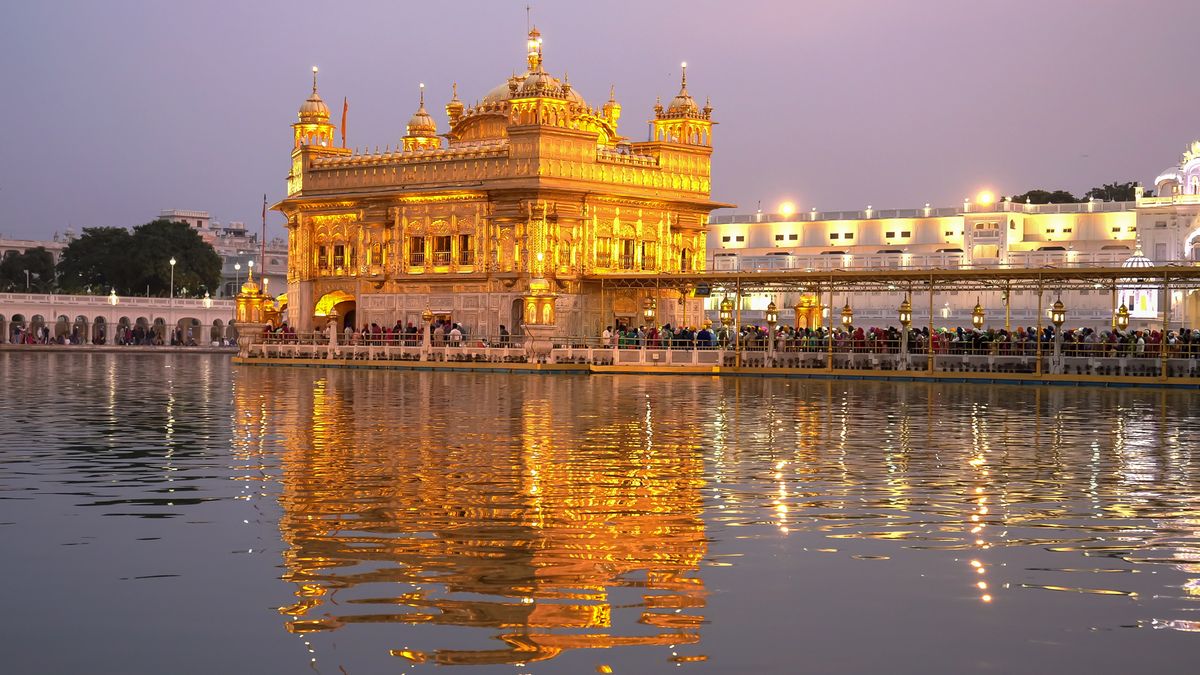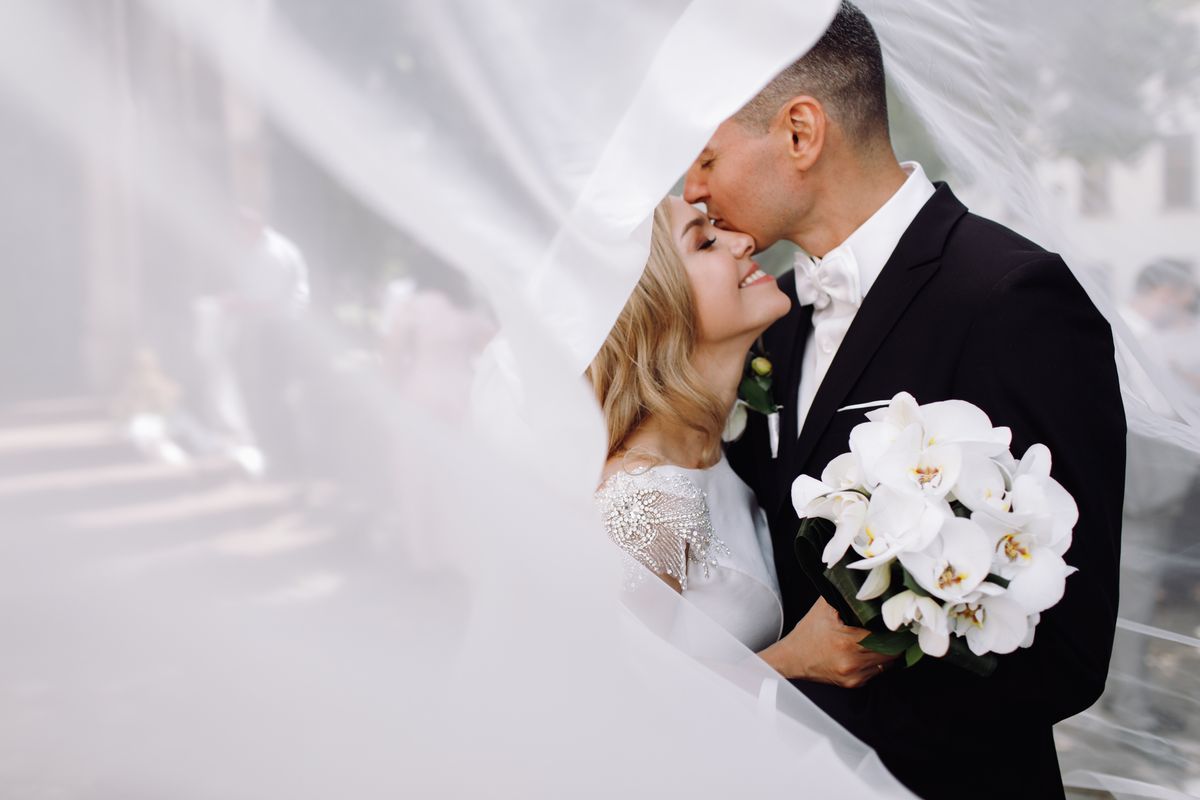See all Monuments in Prague
Petschek Palace (Petschkův palác)
Politických vězňů 20 Praha 1 - Nové Město Phone: 224 262 874 http://www.zasvobodu.czAbout
Petschek Palace | A monumental new-Classicist building on the corner of the streets Politických vězňů and Washingtonova was built by a Prague banker and supreme financial council dr. Julius Petschek for his bank named Bankovní dům Petschek a spol. (Petschek and co. Banking House). He established the bank in 1920 together with his son Walter P., and Isidor P. and his four sons. There were seven men from the Petschek family altogether establishing and representing the bank. The Petschek family also owned a great number of North Bohemian coal mines. The palace was built in the years 1923 – 1929 according to a project of architect Max Spielmann, the constructional work was carried out by the company of ing. A. Krofta. There is a historicist new-Baroque front on the building. All the constructions were made from reinforced concrete; the facade was lined by granite in its lower part, and by travertine in the upper parts. During the construction, rolling cranes were used to transport the building materials, for the first time in Prague. There are two basements in the palace, a mezzanine, and four storeys, the last one being inserted in a mansard slant roof covered by copper, with lifts and paternosters. All the floors of the palace are connected by a three-flight staircase. The original luxurious furnishings in the interior have not been preserved. The most exquisite decorations can be seen on the first and the second floors of the main palace wing; there are stucco ceilings and wooden wall facings. There were extensive bank safes in the basements, built in the strong concrete walls. They were so well secured that nobody even tried to rob them throughout its existence. In the 30s, a Classicist corner house in Washingtonova Street was added to the new palace according to the project of ing. A. Krofta. The building was well equipped, heating and air-conditioning in each room was managed from the machine room via telephone orders; there was a telephone exchange, a printer, a pneumatic dispatch and garages. The Petschek family sold all its property to the Czechoslovak state in time and escaped abroad from the Nazis. The building was occupied by the gestapo (Geheime Staatspolizei, secret state police) immediately in 1939, and the terror towards the Czech people was coordinated from here for six years. Thousands of Czech patriots were subject to interrogation and torture here, mostly brought from the Pankrác prison. Here, in a room called cinema, they waited for their turn to come. After the appointment of Reichsprotector Reinhard Heydrich, a court martial was established here in the building to decide on the fate of the patriots, whom it sent to the concentration camps and to the execution places. Many of them succumbed to the physical hardship of the torture. A memorial of anti-fascist resistance movement has been established in the basement of the palace, where the gestapo's torture room used to be. There is a desk installed, saying: Why do we keep returning to the agitated history and tenacious fights of the past Because we love future.There is a bronze memorial plaque on the corner of the palace, made by Jiří Prádler, with a figure of man by sculptor Zdeněk Vodička and a text: 1939 – 1945. In this place, fighters for our country's freedom fought, suffered and died. We will never forget their memory and will always be faithful to their legacy. Beware, people! After the war, the palace was adapted to suit the needs of the Ministry of Foreign Trade, and today it is occupied by a part of the Ministry of Trade and Industry.A national cultural monument since 1989.





